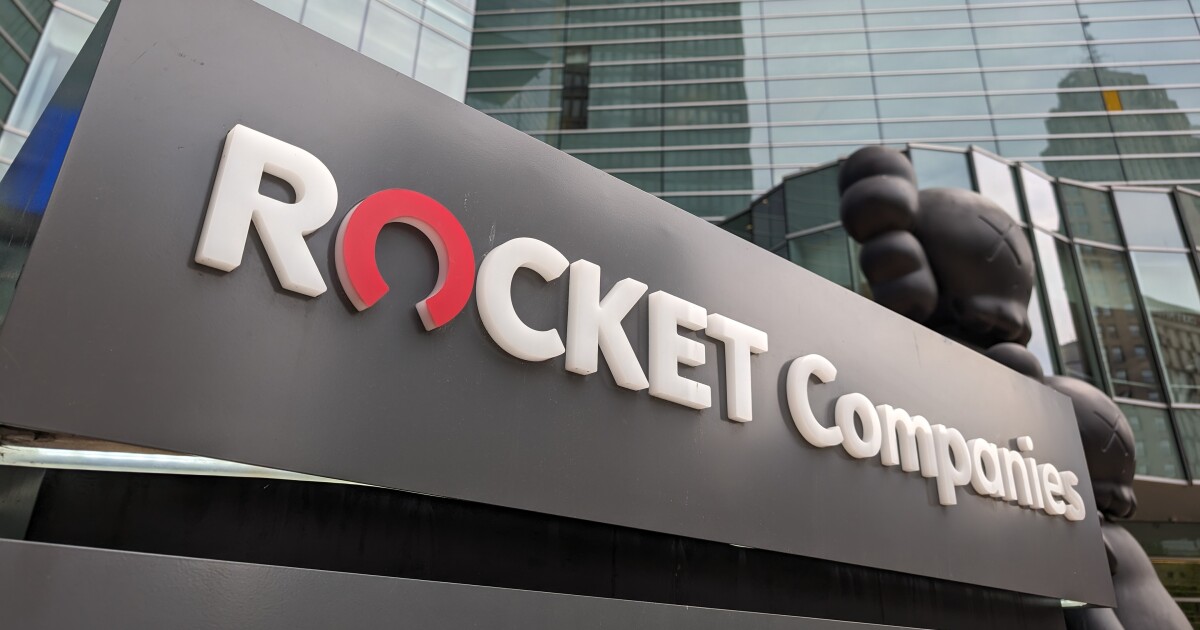
Home equity lending hasn't been this hot in almost two decades.
Second-lien equity withdrawals approached 2008 levels in the recent first quarter, according to Intercontinental Exchange. Homeowners grabbed nearly $25 billion in
Introductory rates on second-lien HELOCs fell below 7.5% in March, ICE said in its June Mortgage Monitor. The mortgage technology company is predicting HELOCs could dip into the mid-6% range by next year on par with the 30-year fixed-rate mortgage forecast, if the
"If the Fed moves forward with anticipated rate cuts, borrowing against home equity could become even more attractive in the second half of the year," said Andy Walden, head of mortgage and housing market research at ICE, in a press release.
The monthly HELOC borrowing cost is still around $200 to $250 above long-term averages. But the average monthly payment a homeowner needs to borrow $50,000 has dropped about $100 from early last year to $311 at the end of the first quarter, ICE found.
Notably, borrowers are still largely underutilizing their estimated $11.5 trillion in tappable home equity, accessing just 0.41% of that amount. In all, ICE assumes 48 million homeowners nationwide sitting on $17.6 trillion in total home equity.
Lenders are still failing to retain customers
The findings also described the significant opportunity lenders are failing to grasp in meager
The majority, or 77% of mortgage customers are still just considering one or two lenders for their home loan transaction, the company reported. While
"It suggests retention rates could be much higher if lenders and servicers employed more sophisticated techniques to understand current market dynamics, identify borrowers with a higher propensity to refinance, and marketed the right products in the right place," the report said.
Market dynamics continue to cool
The
The report also found



